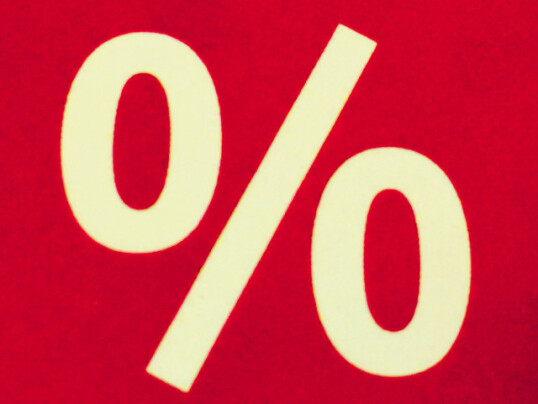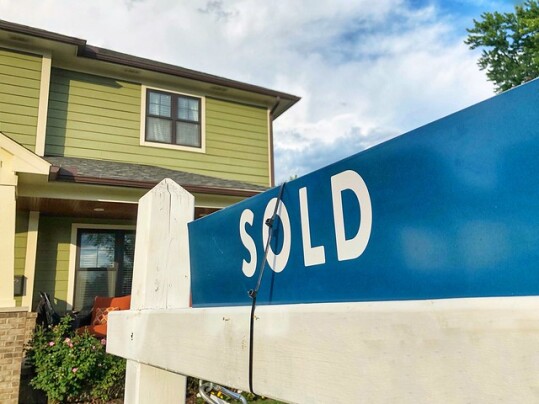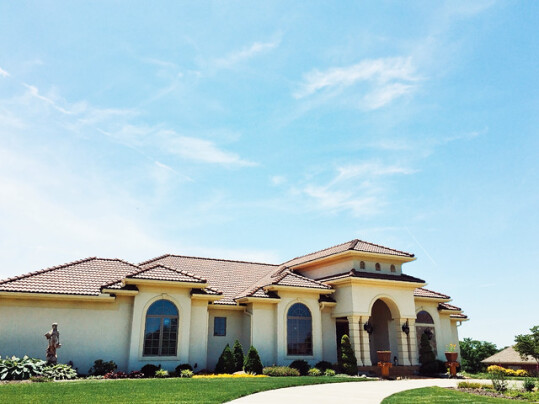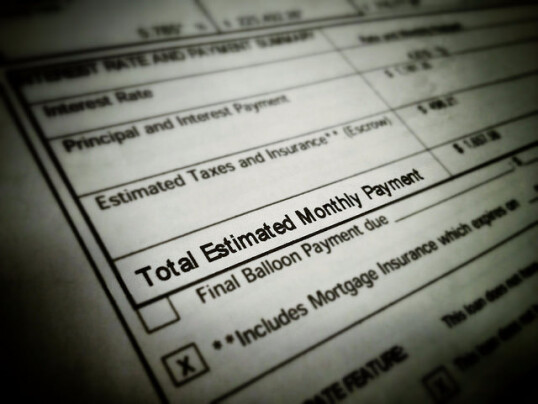According to the Mortgage Bankers Association’s Weekly Applications Survey, average mortgage rates increased last week after falling for five consecutive weeks. Rates were up from the week before across all loan categories, including 30-year fixed-rate loans with both conforming and jumbo balances, loans backed by the Federal Housing Administration, and 15-year fixed-rate loans. As a result, demand for mortgage applications fell 7.7 percent, with both refinance and purchase activity decreasing from one week earlier. Joel Kan, MBA’s vice president and deputy chief economist, says rates rose in reaction to inflation concerns. “Mortgage rates increased across the board last week pushed higher by market expectations that inflation will persist, thus requiring the Federal Reserve to keep monetary policy restrictive for a longer time,” Kan said. The MBA’s weekly survey has been conducted since 1990 and covers 75 percent of retail residential mortgage applications. (source)
Archive for February 2023
Mortgage Rate Bump First In Weeks
How Do Americans Feel About The Housing Market?
Each month, Fannie Mae surveys Americans to gauge how they feel about the housing market. Survey respondents are asked whether they think it’s a good time to buy or sell a home, where they think mortgage rates and home prices are headed, and how they’re doing financially. The results make up Fannie Mae’s monthly Home Purchase Sentiment Index. In January, the index rose for the third consecutive month. Despite the gains, though, it still remains below its pre-pandemic highs. Respondents say they believe home prices will fall over the next 12 months and mortgage rates will climb. The share who say it’s a good time to buy a house remains low, but potential sellers are feeling more optimistic. Doug Duncan, Fannie Mae’s senior vice president and chief economist, says affordability is key to where the market goes from here. “Although ‘good time to sell’ sentiment ticked upward this month, it’s still much lower than it was a year ago …” Duncan said. “Until we see improvements in affordability via lower home prices and mortgage rates, we expect home sales to remain muted in the coming months.” (source)
Home Prices Expected To Remain Stable This Year
If you’re a potential home buyer or seller, you’re most likely wondering what’s happening with home prices. The market continues to slow, after running hot for two years, and Americans are looking for answers. Well, some of those answers can be found in the latest Metropolitan Median Area Prices and Affordability report from the National Association of Realtors. The report found home prices up 4 percent year-over-year during the fourth quarter of 2022. But while they were still rising at the end of last year, prices rose less than in the third quarter when they were up 8.6 percent. Additionally, the share of metro areas registering double-digit price increases fell from 46 percent during the third quarter to 18 percent in the fourth. Lawrence Yun, NAR’s chief economist, says home prices are definitely slowing, but will remain stable. “A slowdown in home prices is underway and welcomed, particularly as the typical home price has risen 42 percent in the past three years,” Yun said. “Even with a projected reduction in home sales this year, prices are expected to remain stable in the vast majority of the markets due to extremely limited supply.” (source)
How Much Does A $3,000 Mortgage Payment Afford?
Home buyers have regained some of their purchasing power in recent weeks. Mortgage rates have fallen from the peak they hit last October and buyers are now getting more house for their money. That’s welcome news after last year, when the average square footage a buyer could afford with a $3,000 monthly mortgage payment fell 140 square feet from the year before. So how much more for their money are buyers getting now that rates have moderated somewhat? Well, according to one recent analysis of cities across the country, how much more buyers get for their money depends on where they’re looking to buy. The increase in square footage a buyer can afford with a $3,000 monthly payment ranges from around 100 additional square feet in New York City to 365 square feet in Salt Lake City, with cities in the South and Midwest seeing bigger gains on average than more expensive cities in the West and Northeast. (source)
Remote Workers More Likely To Be Movers
Modern technology has given many of us the ability to work from almost anywhere. But while the technology that enables it has existed for a while now, remote work didn’t become commonplace until the onset of the pandemic. Since then, according to recent Census data, the number of Americans who work from home has tripled. Naturally, the increased ability to work from home has had an effect on how and where we live. One new survey looked at remote work and moving patterns, and its findings aren’t all that surprising. Simply put, remote and hybrid workers are more likely to move. In fact, while just 17 percent of on-site workers moved last year, 31 percent of hybrid workers – those who split time between an office and home – and 27 percent of remote workers did. This pattern began during the pandemic but it doesn’t look like it’ll fade in 2023. The survey found respondents who work remotely were also more likely to say they have a moved planned this year than participants who work fully on-site. (source)
Demand Rises As Rates Fall For Fifth Week
According to the Mortgage Bankers Association’s weekly applications survey, average mortgage rates fell for the fifth consecutive week last week. Rates were down for 30-year fixed-rate loans with both conforming and jumbo balances. They also fell for loans backed by the Federal Housing Administration. The downward trend over the past several weeks has led to increasing demand for mortgage applications, with both purchase and refinance demand moving higher last week. Joel Kan, MBA’s vice president and deputy chief economist, says activity is beginning to rise. “Both purchase and refinance applications increased last week and have shown gains in three of the past four weeks because of lower rates,” Kan said. “Purchase activity that was put on hold last year due to the quick runup in rates is gradually coming back as rates ease and housing demand remains strong, driven by supportive demographics and the ongoing strength in the job market.” Overall, demand for mortgage applications rose 7.4 percent week-over-week. The MBA’s weekly survey has been conducted since 1990 and covers 75 percent of all retail residential mortgage applications. (source)
Mortgage Payments Have Gotten More Affordable
Buying a home has become more affordable, according to new numbers from the Mortgage Bankers Association. The MBA’s Purchase Applications Payment Index – which measures how mortgage payments change from month to month – found that the median payment fell 2.9 percent at the end of last year, dropping from $1,977 in November to $1,920 in December. Edward Seiler, executive director of MBA’s Research Institute for Housing America, says affordability looks like it’ll continue to improve as spring approaches. “With inflation cooling slightly, MBA expects both mortgage rates and home-price growth to soften, which along with cooling inflation, should help bring more prospective buyers into the market during the spring home buying season,” Seiler said. The Index found payments for FHA loans were also down, falling to $1,602 in December from $1,631. For borrowers applying for lower-payment mortgages, payments were down to $1,279 at the end of the year. (source)







